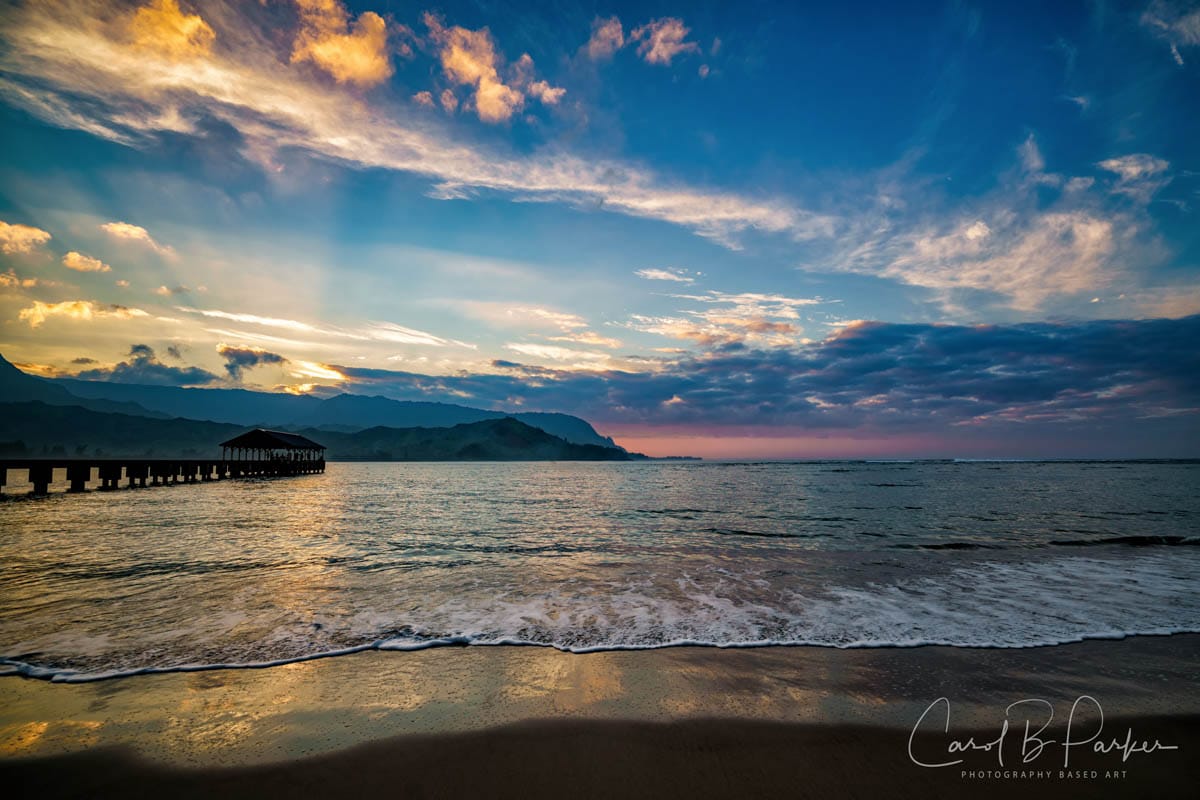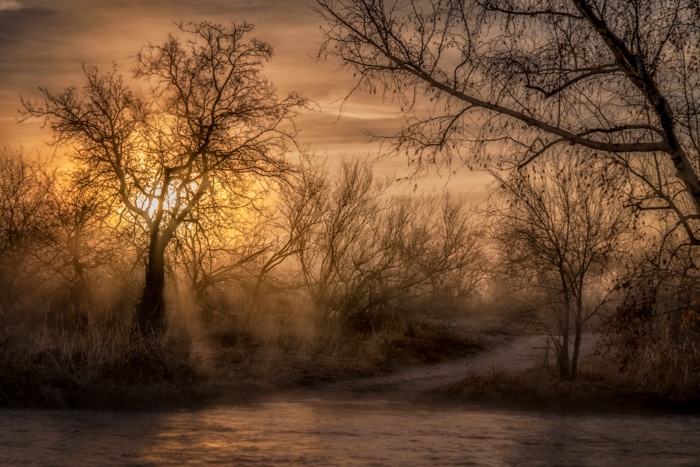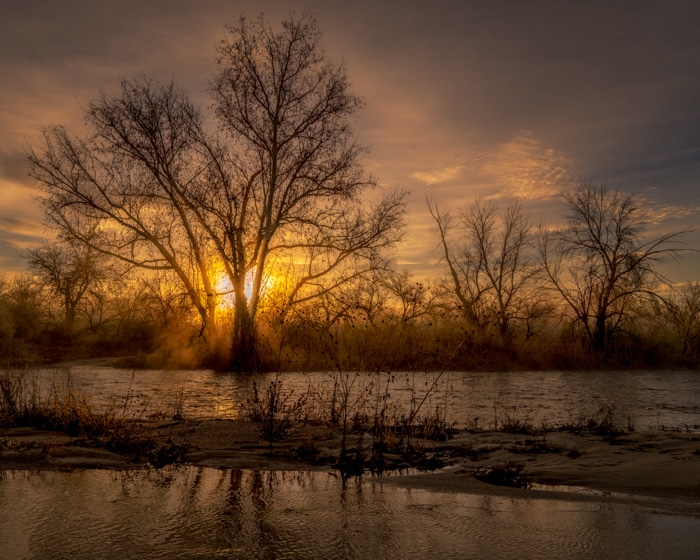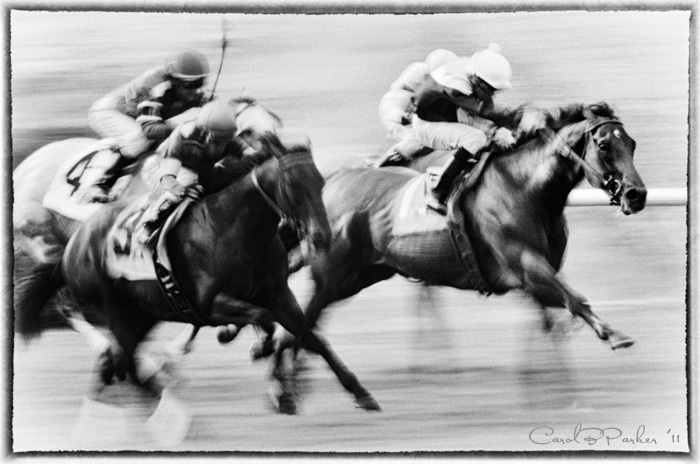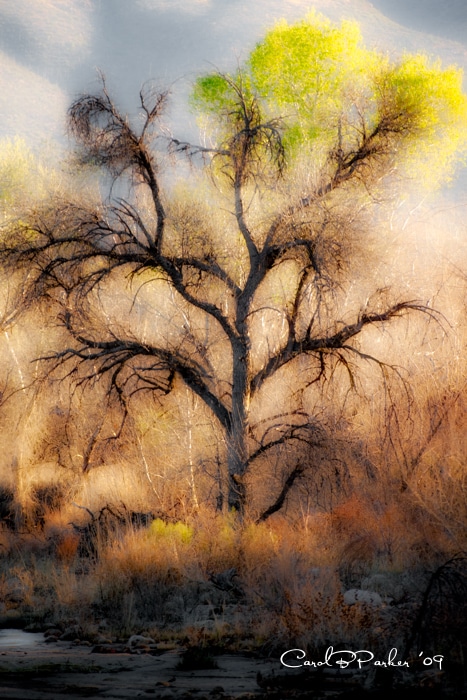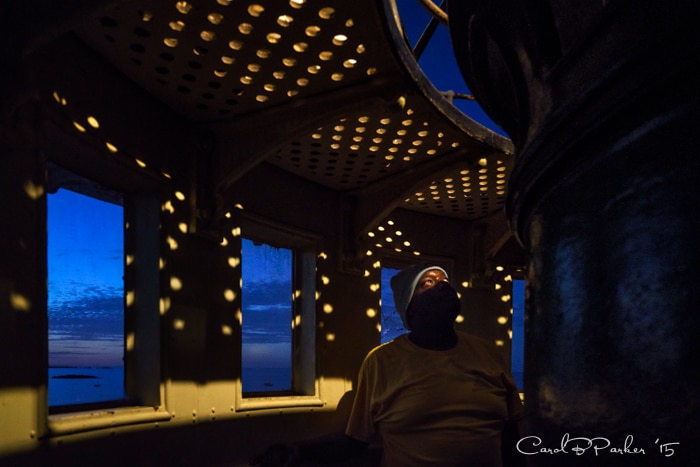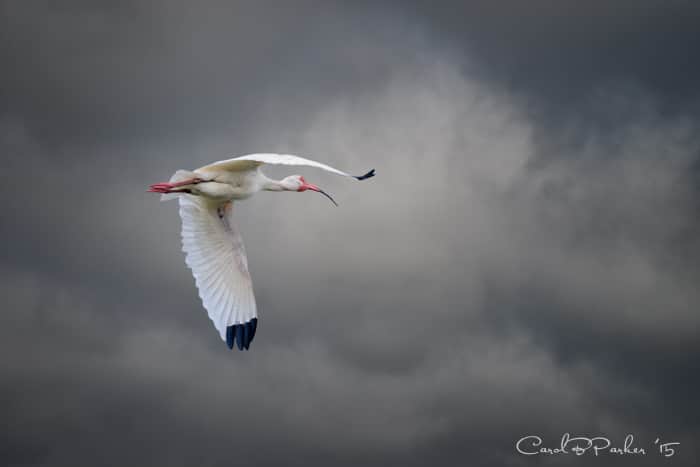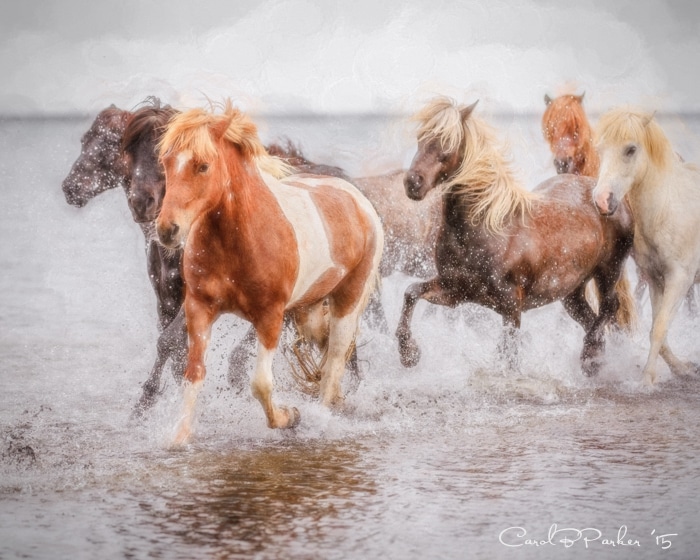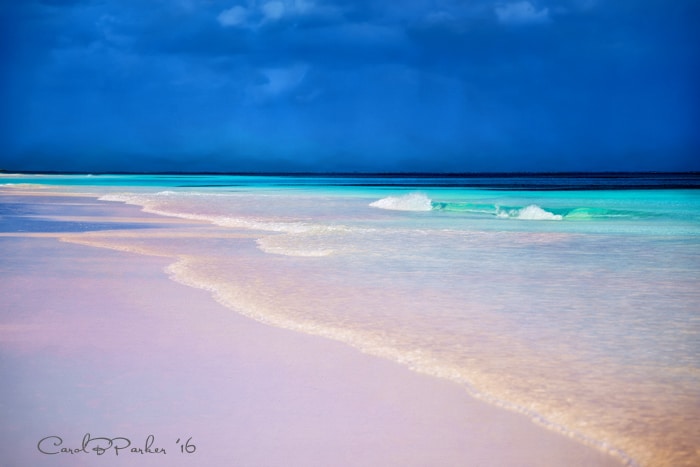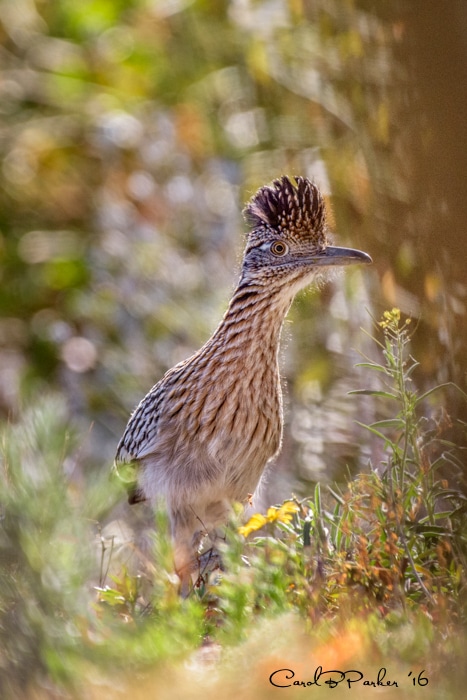January 2017
My sister Patty and I had booked this Hawaiian photography workshop well in advance, but right after the holidays I came down with a nasty bronchitis and a simultaneous knee injury. I was limping and coughing, generally feeling so under the weather that on the day before departure I was making plans to cancel. Luckily I realized at the last minute my symptoms had bottomed out and I was (barely) on the mend. Although certainly not at my best during the trip, I’m so glad I didn’t pass it up!
On Kauai the focus was on seascapes and beach scenes, where I concentrated on slow shutter technique that gives the waves and water a pleasing sense of motion while freezing the background into place. We started on the placid shores of Hanalei Bay near Princeville, before traveling to more distant beaches, each uniquely characterized by sand and lava rock. At Queen’s Bath a secluded tide pool fills and drains with the incoming wave action. Rogue waves have killed more than a few adventurers there, especially during the winter months when the sea is rough. We kept a safe distance but some more adventurous types were diving into the pool, giving our scenic shots a touch of human interest. On another day, a doors-off helicopter ride over the dramatic highland scenery of Waimea Canyon and the Napali coastline and cliffs provided a jolt of adrenalin along with dramatic aerial views.
The weeklong workshop ended with a side trip to the Big Island of Hawaii, where Kilauea Volcano dominates the landscape. Without a doubt, the highlight of the entire trip was a before-dawn boat trip to the Kamokuna coast, where a spectacular “waterfall” of lava from Kilauea was pouring into the ocean, creating a storm of fire and steam. Our captain maneuvered the boat close enough to the chaos that we could feel the heat and see floating chunks of hot lava sizzle in the water as they bumped against the boat’s aluminum hull. Hawaiian legend says that where lava meets sea, Pele the volcano goddess battles with her sister Namakaokahai, goddess of the ocean. This spectacular firehose of flowing lava had only appeared a few weeks earlier, on December 31, 2016, when several acres of built up volcanic delta collapsed unexpectedly into the sea, opening the lava tube. No one knew when it might suddenly close up again – making this opportunity exceedingly special.
Slideshow:
[envira-gallery id=”8973″]

